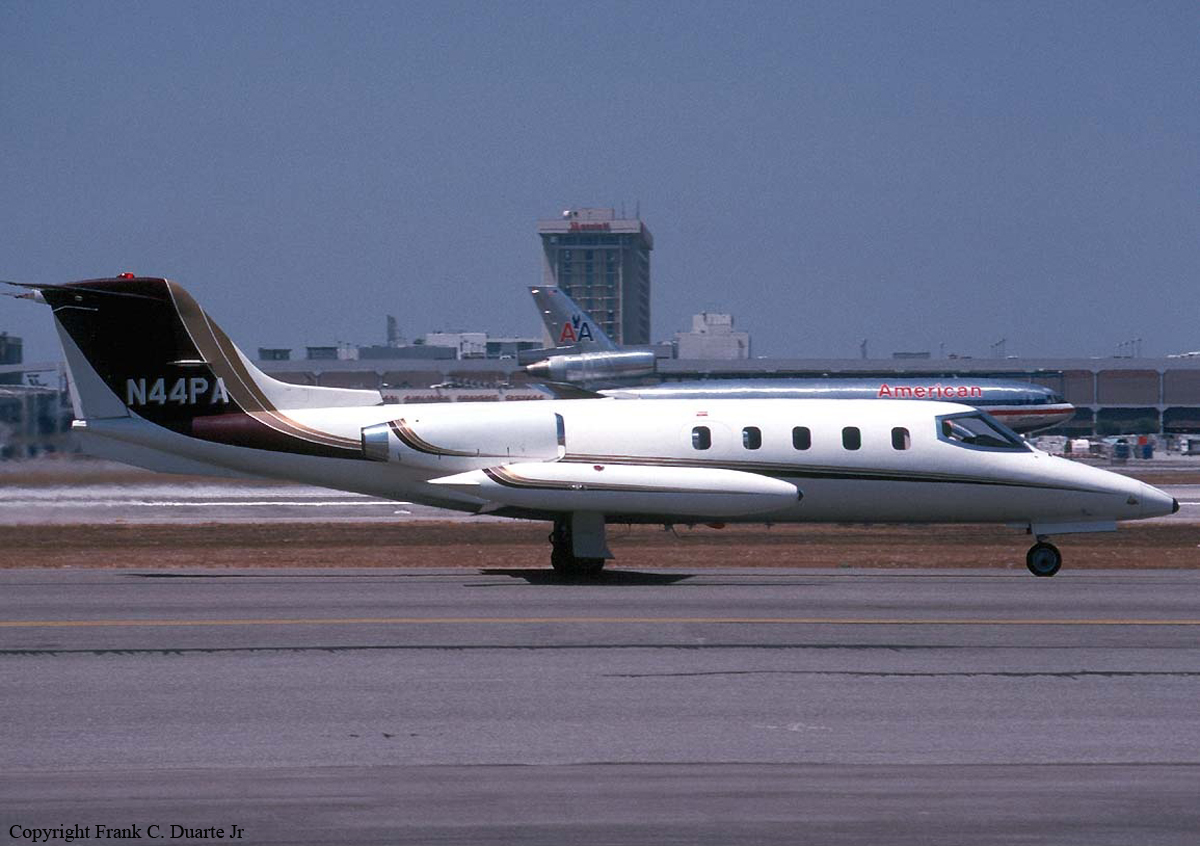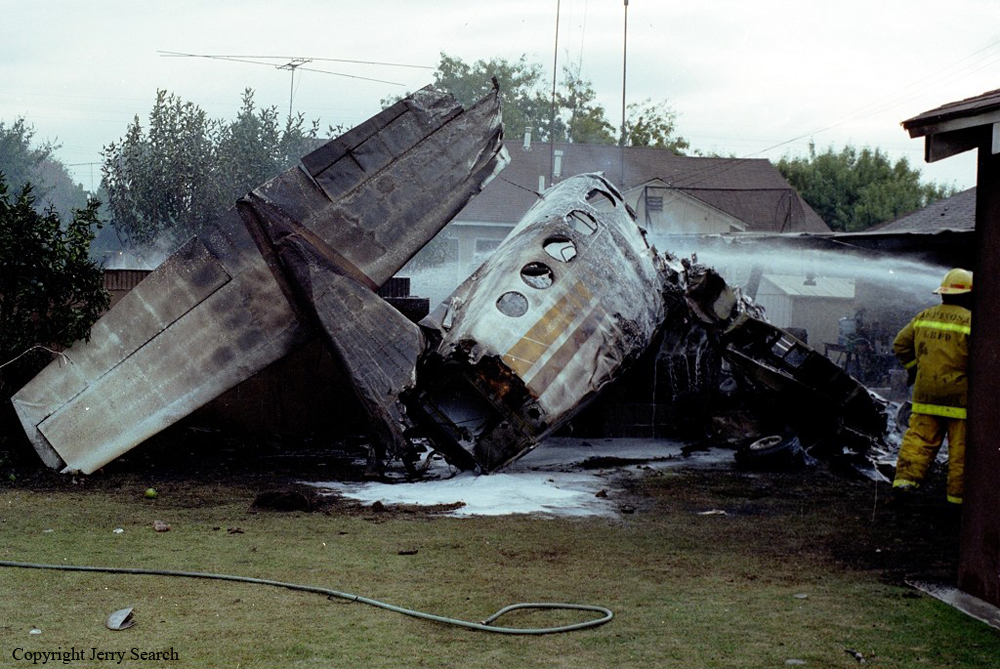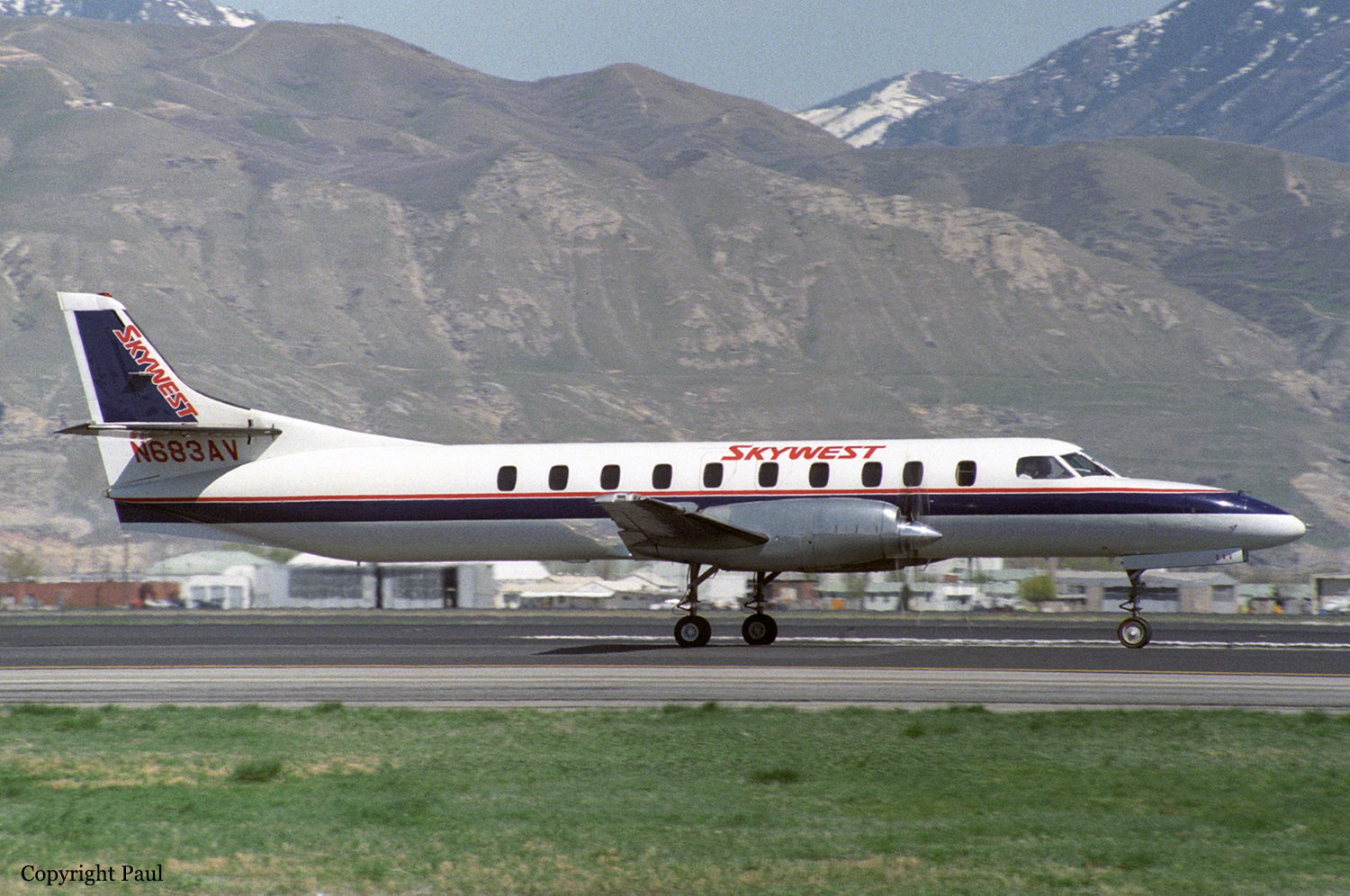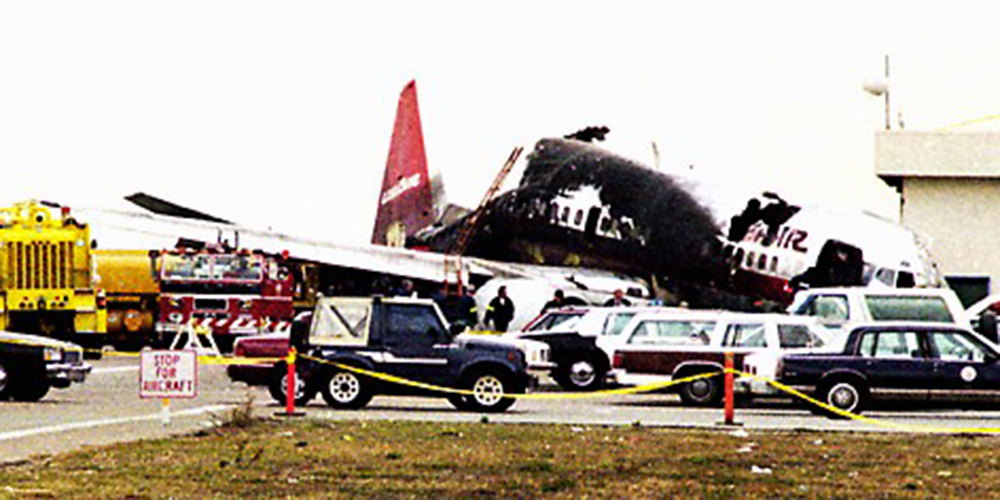Crash of a Cessna 421C Golden Eagle III near Mammoth Lakes: 4 killed
Date & Time:
Jan 4, 1992 at 1855 LT
Registration:
N2654M
Survivors:
Yes
Schedule:
Mammoth Lakes - La Verne
MSN:
421C-0691
YOM:
1974
Crew on board:
1
Crew fatalities:
Pax on board:
5
Pax fatalities:
Other fatalities:
Total fatalities:
4
Captain / Total hours on type:
270.00
Aircraft flight hours:
3200
Circumstances:
Due to the impending arrival of a snow storm, the certificated commercial pilot and 5 passengers departed one day earlier than planned, from an uncontrolled airport located in mountainous terrain to begin a night, cross country flight. Instrument meteorological conditions prevailed. Prior to departure, the pilot was given an ifr clearance void time from an ARTCC. The pilot was climbing toward a VOR located about 27 miles southeast of the departure airport while attempting to contact the ARTCC to open his instrument flight plan. The pilot failed to maintain terrain clearance, and became lost/disoriented. The airplane struck trees and snow covered terrain at 10,200 feet msl, 7 nautical miles and about 22° to the right of the intended course. Four passengers were killed while two other occupants, among them the pilot, were injured.
Probable cause:
The failure of the pilot to plan and conduct his departure flight to avoid high mountainous terrain, during which the pilot became lost/disoriented. Contributing to the accident was self induced pressure to depart before the arrival of a snow storm.
Final Report:











